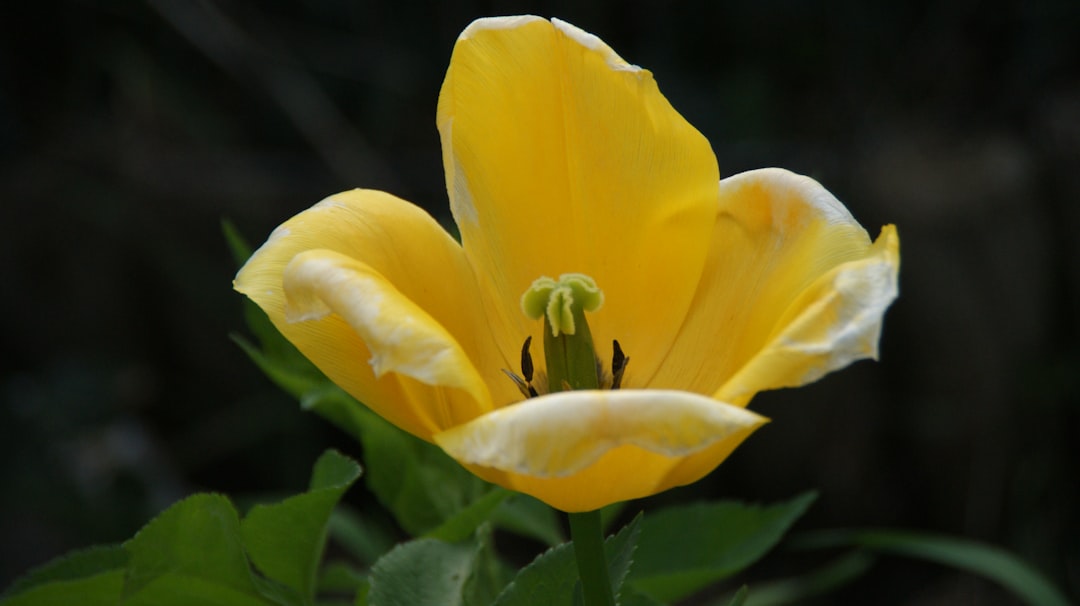The Battle of Watering Methods for Your Beloved Houseplants

Houseplants have become an integral part of our indoor spaces, adding a touch of nature and beauty to our homes. However, one of the most crucial aspects of keeping these green companions healthy is proper watering. There are two primary methods of watering houseplants: top watering and bottom watering. Each method has its own set of pros and cons, and understanding them can help you make the best decision for your potted plants.
Top Watering: The Traditional Approach
Top watering is the most common method used by plant owners. It involves pouring water directly onto the soil surface from the top of the pot. This method has several advantages. Firstly, it is simple and straightforward. You can easily control the amount of water you are adding to the plant, ensuring that it gets enough moisture without over - watering. Secondly, top watering helps to flush out any accumulated salts and minerals from the soil. These salts can build up over time, especially if you are using tap water, and can be harmful to the plant. By watering from the top, the excess salts are washed out through the drainage holes at the bottom of the pot.
However, top watering also has its drawbacks. One of the main issues is that it can lead to uneven watering. The water may run down the sides of the pot, leaving the center of the soil dry. This can cause the roots in the center to become dehydrated, leading to stunted growth or even plant death. Additionally, if you water too quickly or use a strong stream of water, it can displace the soil and expose the roots, which can be damaging to the plant. Another problem is that top watering can increase the risk of fungal diseases. When water sits on the leaves for an extended period, it creates a moist environment that is ideal for fungi to grow.
Bottom Watering: The Subtle Solution
Bottom watering, on the other hand, involves placing the pot in a tray or saucer filled with water and allowing the plant to absorb the water through the drainage holes at the bottom of the pot. This method has some significant benefits. One of the main advantages is that it ensures even watering. The water is drawn up from the bottom, saturating the soil evenly and reaching all the roots. This helps to promote healthy root growth and prevents the problem of dry spots in the soil. Bottom watering also reduces the risk of fungal diseases because the leaves stay dry, eliminating the moist environment that fungi thrive in.
However, bottom watering also has its limitations. One of the challenges is that it can be difficult to determine when the plant has absorbed enough water. If you leave the pot in the water for too long, the plant may become waterlogged, which can lead to root rot. Another issue is that bottom watering does not flush out the salts and minerals from the soil as effectively as top watering. Over time, these salts can accumulate in the soil and cause problems for the plant.
Making the Right Choice
So, how do you decide which watering method is best for your houseplants? It depends on several factors. The type of plant is an important consideration. Some plants, such as succulents and cacti, prefer to dry out between waterings and may be more susceptible to root rot if over - watered. For these plants, bottom watering may be a better option as it allows for more controlled watering. On the other hand, plants that require consistently moist soil, such as ferns and peace lilies, may benefit from top watering to ensure that the soil stays evenly moist.
The size and type of the pot also play a role. Smaller pots with good drainage may be more suitable for top watering, as it is easier to control the amount of water. Larger pots or pots with poor drainage may be better suited for bottom watering to prevent water from sitting in the pot and causing root rot.
In addition to choosing the right watering method, it is also important to pay attention to other factors such as the quality of the water, the frequency of watering, and the environmental conditions. Using filtered or distilled water can help reduce the amount of salts and minerals in the water. Watering your plants when the top inch of the soil is dry is a good general rule of thumb, but this may vary depending on the plant species. Finally, keeping your plants in a well - ventilated area with appropriate humidity levels can also contribute to their overall health.
In conclusion, both top watering and bottom watering have their pros and cons. By understanding these factors and considering the specific needs of your houseplants, you can make an informed decision about which watering method is best for them. With proper watering and care, your houseplants will thrive and continue to bring joy and beauty to your home for years to come.